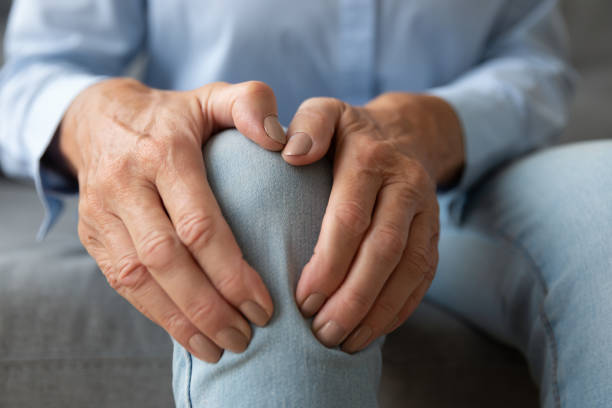How to Apply Knee Pain Plasters for Maximum Effectiveness?
Applying knee pain plasters effectively requires attention to detail and proper technique. The initial steps involve selecting the appropriate plaster and preparing the skin to enhance adhesion. Following this, the application process must be executed with precision to guarantee ideal contact with the painful area. Understanding these elements lays the groundwork for achieving the desired relief. However, there are additional considerations that can further improve the efficacy of the plaster, which will be explored next.
Choosing the Right Knee Pain Plaster
When selecting a knee pain plaster, individuals should consider several key factors to guarantee ideal relief and effectiveness. The type of knee pain, whether acute or chronic, influences the choice of plaster; some formulations provide immediate relief, while others focus on long-term healing. Additionally, evaluating the active ingredients is critical, as certain compounds target inflammation or promote blood circulation.
Adhesive quality impacts comfort and wear time, ensuring the plaster remains in place during activity. Finally, individuals should assess skin sensitivity to avoid adverse reactions. Understanding these factors aids in selecting the most suitable knee pain plasters for individual needs.
Preparing Your Knee for Application
Preparing the knee for plaster application involves a systematic approach to guarantee ideal adhesion and effectiveness. Initially, the knee should be thoroughly cleaned and dried to remove any dirt or moisture, which can hinder the adherence of wellnee patches. It is advisable to trim excess hair around the application site to enhance contact with the skin.
Following this, any existing skin irritations or wounds must be assessed; if present, alternative treatment options should be considered. Finally, the knee should be positioned comfortably to facilitate an ideal placement of the plaster, ensuring that the area is relaxed and free from tension.
Proper Application Techniques
Applying knee pain plasters requires attention to detail to guarantee maximum effectiveness. It is essential to confirm the skin is clean and dry before application. For wellnee patches, the individual should carefully remove the protective backing, avoiding any contact with the adhesive side. Position the patch directly over the area of pain, applying firm pressure for adequate adhesion.
It is advisable to avoid wrinkles in the patch, as they may compromise its effectiveness. The duration of wear should comply with the manufacturer’s guidelines. Regularly monitoring the skin for any adverse reactions is also vital during the application period. You can check out Wellnee pflaster erfahrungen.
Tips for Maximizing Effectiveness
Following proper application techniques greatly enhances the effectiveness of knee pain plasters. For best results, users should verify that the skin is clean and dry prior to applying wellnee patches, as moisture can hinder adhesion. Additionally, positioning the patch directly over the painful area maximizes localized treatment.
Users are advised to avoid excessive movement immediately after application to allow the adhesive to bond effectively. Regularly checking the patch for integrity guarantees continuous relief, while replacing the patch according to manufacturer guidelines maintains efficacy. Adhering to these tips can greatly improve the therapeutic benefits of knee pain management.
Aftercare and Maintenance
Proper aftercare and maintenance of knee pain plasters are essential for ensuring ideal therapeutic effects. Following application, the area should remain clean and dry to prevent irritation and promote knee health. Regularly check the plaster for signs of wear or detachment, replacing it as necessary. Avoid excessive moisture exposure, as it can compromise the adhesive properties.
For best results, limit strenuous activities during the plaster’s use, allowing the knee to rest. Additionally, maintaining a balanced diet rich in anti-inflammatory nutrients may enhance overall knee health and support the healing process. Adhering to these guidelines can maximize the plaster’s efficacy.
Conclusion
In summary, applying knee pain plasters effectively requires careful preparation and technique. Selecting the appropriate plaster, ensuring the skin is clean and dry, and adhering to proper application methods are essential steps.
Additionally, minimizing movement after application and performing regular checks enhance the plaster’s integrity and effectiveness. By following these guidelines, individuals can optimize pain relief and improve their overall comfort, contributing to better mobility and quality of life.

